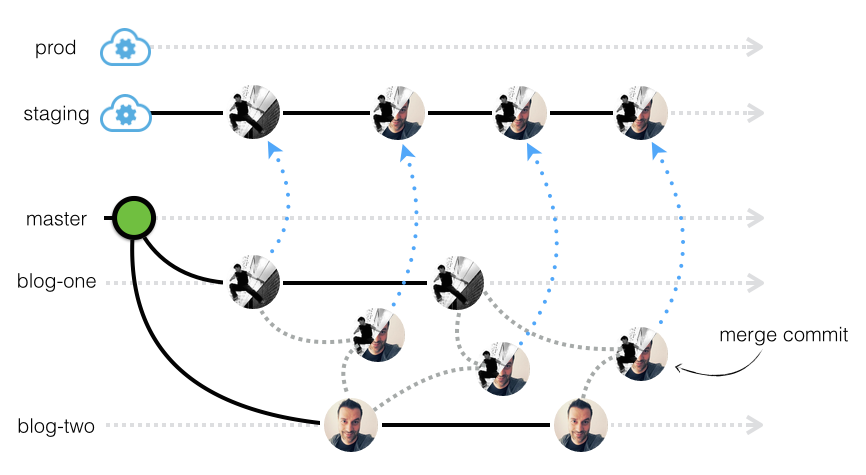In Threes!, creating effective chains of combinations is essential for achieving high scores and maximizing your tile merges. Understanding the mechanics and implementing strategic approaches can significantly enhance your gameplay. Here are detailed strategies to consider:
1. Establishing Base Combos:
– Merge Low-Value Tiles First: Your primary goal is to combine the ‘1’ and ‘2’ tiles to create your starting ‘3’ tile. This is fundamental, as the ‘3’ tile serves as the building block for subsequent merges. Focus on creating as many ‘3’ tiles as possible early on, as they will allow you to merge into higher-value tiles when combined with others.
2. Tile Organization:
– Consolidate High Tiles: It’s advantageous to keep your highest-value tiles organized near an edge of the grid. By aligning them along one side, you can easily merge new tiles that appear next to them. This consistent placement helps maintain a strategy where you can quickly capitalize on opportunities to create higher-score tiles.
3. Avoiding Staggering:
– Clear Blockers: Ensure that low-value tiles do not stack in a manner that creates a barrier between high-value tiles. Staggering can impede your ability to create chains, so make it a priority to clear any blockers that prevent high-value tiles from merging. Doing this regularly helps maintain flow and opportunities for combination.
4. Utilizing the Slow Slide Technique:
– Preview Merges: By dragging in a direction without releasing your finger, you can effectively preview the outcome of your moves before making any decisions. This technique allows you to visualize potential merges and strategize your next moves without unintentionally trapping yourself in a bad position.
5. Checkerboarding Awareness:
– Maintain Tile Continuity: Avoid a layout where high and low cards alternate (checkerboarding), as this configuration makes it difficult to create larger combinations. Instead, aim for clusters of similar values to facilitate easier merging as the game progresses.
6. Flexibility and Adaptation:
– Embrace Randomness: Since new tiles appear randomly, being adaptable is crucial. If a new tile does not fit your current strategy, reassess and adjust your merging plans accordingly. Flexibility can often turn a challenging draw into an opportunity for a different combination or strategy.
Summary:
To successfully build chains in Threes!, focus on methodically merging lower-value tiles into higher-value ones while keeping your board organized. Clear any staggered tiles early to avoid barriers and regularly use the slow slide technique to plan your moves. Maintaining awareness of your tile arrangement will optimize your gameplay, allowing you to capitalize on every opportunity for merging. Stay adaptable to the random nature of tile appearances, which is essential for long-term success in the game. Happy merging!






Leave a Reply